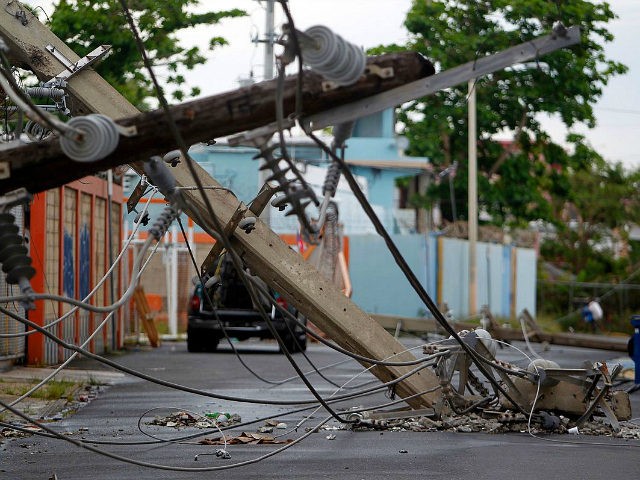Two months into the official Atlantic hurricane season, the National Oceanic and Atmospheric Administration’s (NOAA) forecasters at its Climate Prediction Center have increased the likelihood of a below-normal season to 60 percent — up 25 percent since its preseason May forecast.
“There are still more storms to come – the hurricane season is far from being over,” Gerry Bell, lead seasonal hurricane forecaster at NOAA’s center said last week in a call with reporters about the new forecast. “We urge continued preparedness and vigilance.”
“The likelihood of a near-normal season is now at 30 percent, and the chance of an above-normal season has dropped from 35 percent to 10 percent,” NOAA announced.
This is in stark contrast to what climate scientists were saying after a strong hurricane season in 2017 that spawned Harvey, Irma, and Maria.
The Massachusetts Institute of Technology (MIT) reported that one of its professors, Kerry Emmanuel, said last year’s hurricane season was a “taste of the future.”
In a detailed talk about the history and the underlying physics of hurricanes and tropical cyclones, MIT Professor Kerry Emanuel yesterday explained why climate change will cause such storms to become much stronger and reach peak intensity further north, heightening their potential impacts on human lives in coming years.
“Climate change, if unimpeded, will greatly increase the probability of extreme events,” such as the three record-breaking hurricanes of recent weeks, Emanuel said last year.
The MIT article continued:
In Houston, Hurricane Harvey, which devastated parts of the Texas coastline and produced more total rainfall than any U.S. hurricane on record, would have been considered a one-in-2,000-years event during the 20th century, according to the best available reconstructions of the past record of such storms, Emanuel said.
But in the 21st century, that probability could drop to one in 100 years, given the likely trajectory of climate change conditions.
“Ron Prinn, the TEPCO Professor of Atmospheric Science and director of the Center for Global Change Science, said in introducing Emanuel’s talk, ‘I can’t think of a better person in the world to address this issue of hurricanes,’ including what he called the ‘2017 hurricane train’ with its succession of huge storms,” MIT reported.
NOAA forecast also included:
For the entire season, which ends Nov. 30, NOAA predicts a total of 9-13 named storms (winds of 39 mph or greater) of which 4-7 will become hurricanes (winds of 74 mph or greater), including 0-2 major hurricanes (winds of 111 mph or greater).
So far, the season has seen four named storms, including two hurricanes. An average six-month hurricane season produces 12 named storms, of which six become hurricanes, including three major hurricanes.
This outlook is for overall seasonal activity and is not a landfall forecast. Landfalls are largely determined by short-term weather patterns, which are only predictable within about one week of a storm potentially reaching a coastline.
NOAA said that to make such forecasts it considers several factors, including El Nino being “much more likely to develop with enough strength to suppress storm development during the latter part of the season,” storm activity to-date and the most recent model predictions.
NOAA predicted a nearly 70 percent likelihood of El Nino during the hurricane season.
“Additionally, sea surface temperatures across the tropical Atlantic Ocean and Caribbean Sea have remained much cooler than average. A combination of stronger wind shear, drier air and increased stability of the atmosphere in the region where storms typically develop will further suppress hurricanes,” NOAA said in its announcement.
“Today’s updated outlook is a reminder that we are entering the height of hurricane season and everyone needs to know their true vulnerabilities to storms and storm surge,” FEMA Administrator Brock Long said of the forecast. “Now is the time to know who issues evacuation orders in their community, heed the warnings, update your insurance and have a preparedness plan.
“Don’t let down your guard, late season storms are always a possibility, always keep your plans updated,” Brock said.
Brock encouraged people to visit the federal government’s hurricane preparedness website.
Follow Penny Starr on Twitter

COMMENTS
Please let us know if you're having issues with commenting.